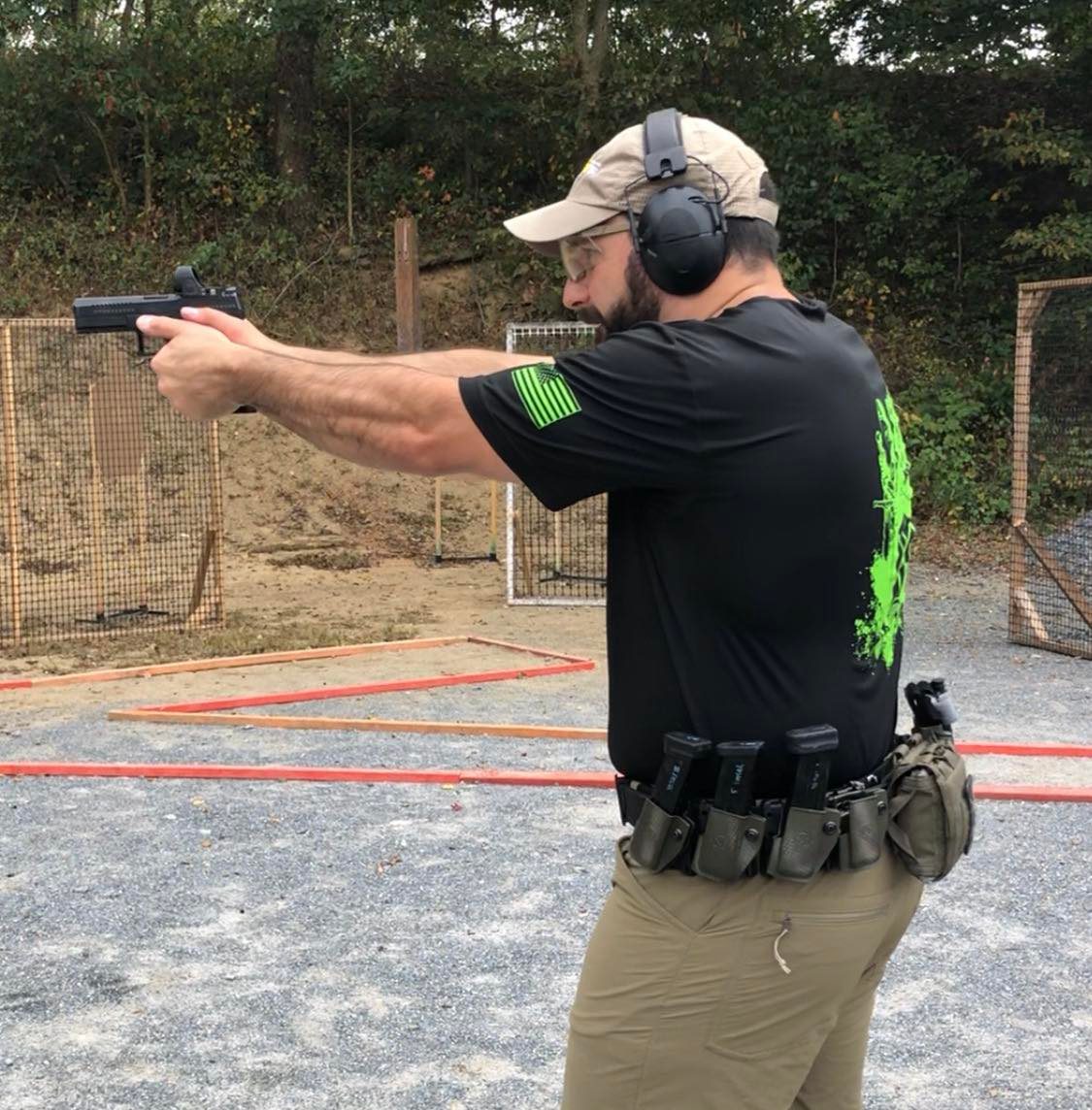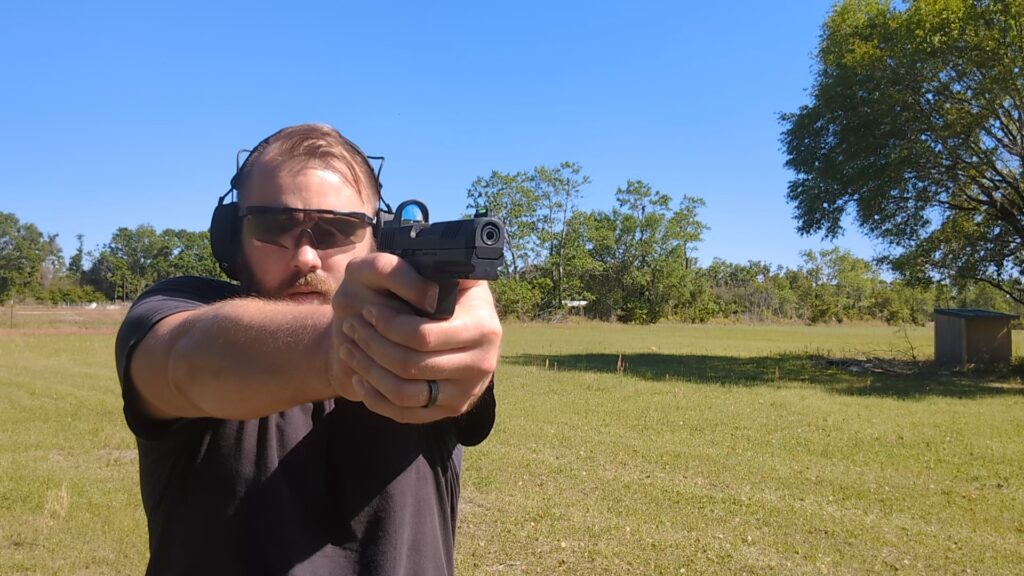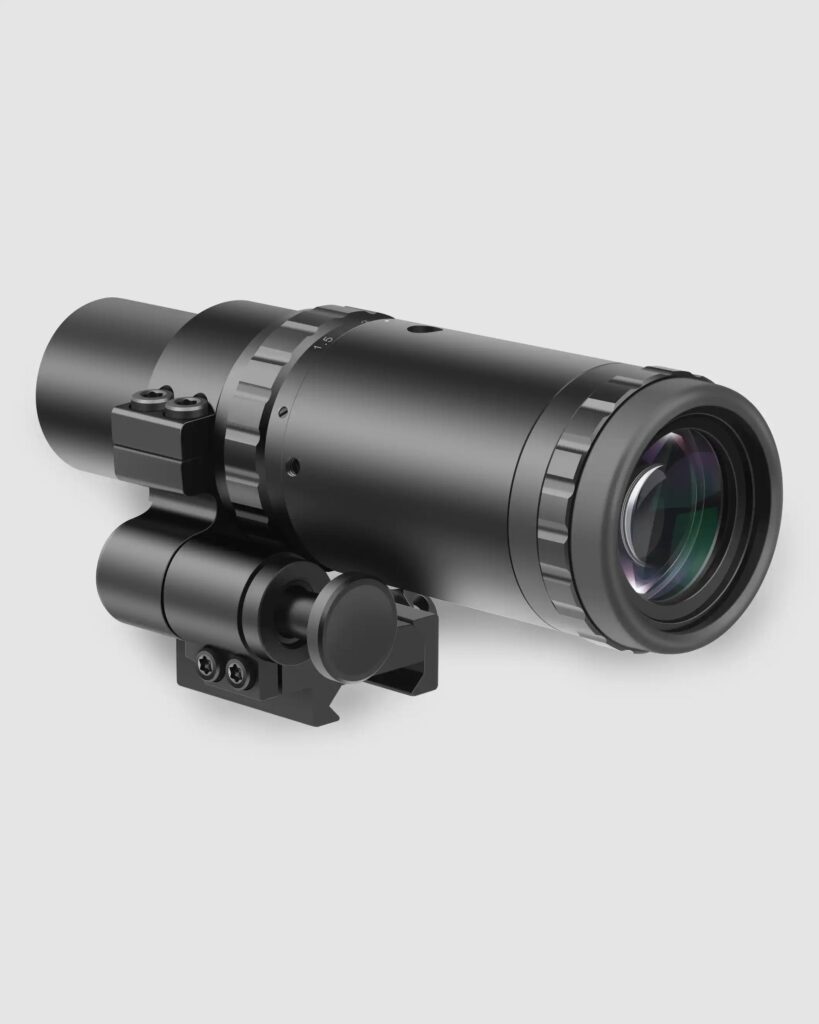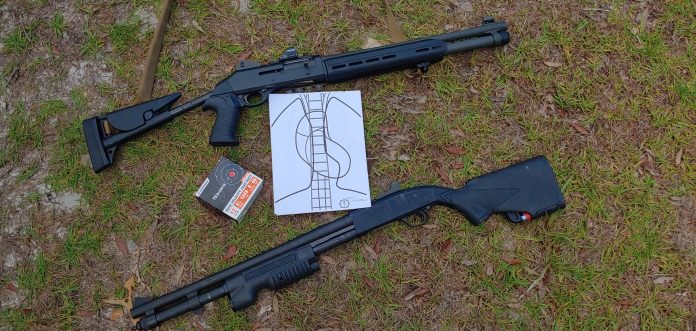When competing within any discipline we look to the highest class of shooters we can. We do this to try to mimic their movements, plans, pick their brain, and more often than not copy their gear and equipment.
Joshua Shaw, one of the fastest USPSA shooters to class up to GrandMaster, tells us why he chose to keep his competition guns stock during his venture to make GM. “It’s the Indian not the arrow”
“From Josh Shaw..
Advertisement — Continue Reading Below
So what am I shooting?
My primary competition pistol is a CZ P10F OR, which is the optics ready, full size polymer frame 9mm striker fired duty gun from CZ. I have two of them set up identically, with Trijicon SROs mounted to the factory optics cut and literally no other modifications whatsoever, aside from the red dot on top. My main carry gun is a stock CZ P10C with a Holosun 507C. Most competitive shooters (and many concealed carriers) seek to gain competitive advantage anyways they can, often modifying internal parts and grips in order to make the gun easier to shoot. So why are my primary competition guns factory stock? Because I don’t care about winning? No, of course I DO want to win, but I actually have some good reasons for wanting to keep my guns in factory stock condition.
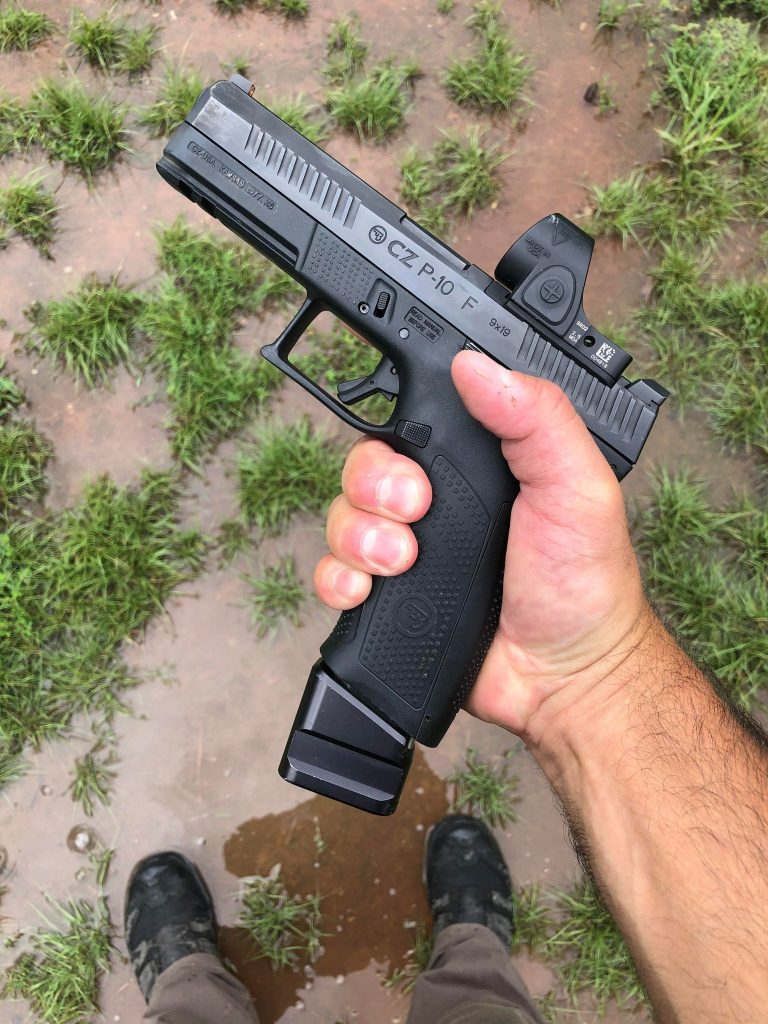
Where it started
When I first began shooting competitively back in 2015, my main goal was to get more proficient with my primary self defense gun. A completely normal and logical motive and what I imagine is what drives most people to the shooting sports initially. However I fell into the same trap that I see newer shooters, and even long time gun owners fall victim to over and over again. Modifying the gun as much as possible! I am not saying that people should not modify their guns. Certain smart and reasonable modifications are wonderful ways to get more performance out of your firearm and to make your job easier. Just be smart about what you modify, and understand the drawbacks.
Advertisement — Continue Reading Below
Having never shot any competition before, ever, I figured id need a better trigger, and a match barrel in 9mm, and some grip tape, and better sights….I think that’s as far as I went at the time, but ultimately it wouldn’t make any difference to my actual match performance of course, seeing as I was clueless about the actual gun handling, marksmanship and mental skills that would be required to be truly competitive. I could stand and shoot slightly better than average by then, but looking back on my video from that day, I cringe.
On that day I did all the things I try to coach my students out of doing now: The tactical turtle; shuffling from one static position to the next; double-tapping; snails pace transitions; running the gun empty and not noticing; flat footed reloads; getting a malfunction and staring at the gun like simple Jack, etc.
Advertisement — Continue Reading Below
Since then I have learned a thing or two, earned the rank of USPSA Grand Master through a lot of very hard work, and taught hundreds of students how to shoot pistols better. Now I prefer to shoot my pistols in stock configuration (except for the sights!) as much as possible, for the following key reasons:
- Reliability
Most modern guns come pretty reliable from the factory. You can take them out of the box and run them hard, keeping them lubed and occasionally field stripping them to clean them and expect them to just plain work. When we (as shooters) start swapping out internals, springs, pins, aftermarket mag releases etc, that’s when we as the end user start to introduce more variables and stacking tolerances into the machine. I want to maximize my probability of having the gun work properly every time I use it. I cannot tell you how many times I’ve seen guns have failures because of end user modifications.
- To show students its the Indian not the arrow
As an instructor, I have to set an example to my students. Being able to demonstrate high level shooting and executing skills on demand with a factory configured gun shows students that being able to shoot well is more about the shooters skill and dedication to the craft, than it is the specific type of hammer he using to drive the nail. It shows them that they can have confidence in their gun of choice if they put in the appropriate amount of time in practice without having to constantly chase performance with their wallet.
Advertisement — Continue Reading Below
- To maintain fundamentals
Running a factory trigger means I have to put in extra work and focus to execute good fundamentals at all times. This is an advantage for me as my fundamentals get honed even sharper, which then translates to virtually any other gun. This way, when I go to a gun with an easier trigger it just seems like cheating. It also applied very much to any of my carry guns…
- Carry gun
Speaking of carry guns, the entire reason I got into practical shooting sports in the first place was to be more capable and confident with my self defense firearms. By running a stock carry gun, I get that factory reliability and because I compete at a high level with a stock gun too, my carry gun basically feels like a race gun when I practice with it. All my fundamentals have been honed in practice and competition, and they now apply completely to my carry gun because they are virtually the same gun.
- To save money for ammo!
Anyone who is serious about the shooting sports or their training needs to have an identical backup gun. A good polymer duty gun is about $5-600 on the current market, and you can find them cheaper if you shop around and wait for deals. Upgraded iron sights (I like a nice fiber optic front and blacked out rear sights) are going to be another $100+ depending on what you want to run, and a red dot optic and mounting plate could cost as much as the gun itself! If you’re doing the math the costs are already adding up, and this isn’t including a bunch of aftermarket modifications that MAY help your shooting slightly and almost certainly don’t help your guns reliability. Why not learn to shoot that stock gun better, and use the money you saved for more ammo! This is the way.”
Advertisement — Continue Reading Below
